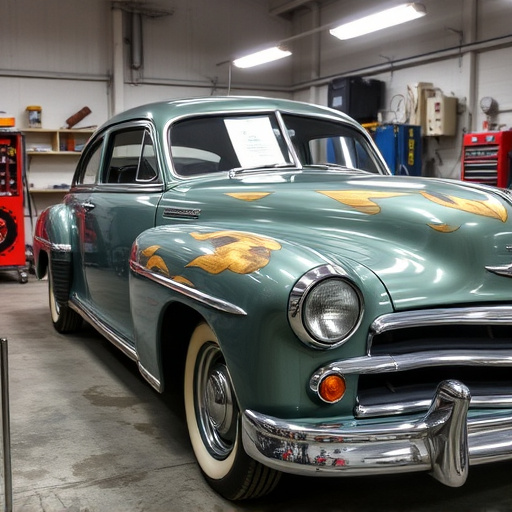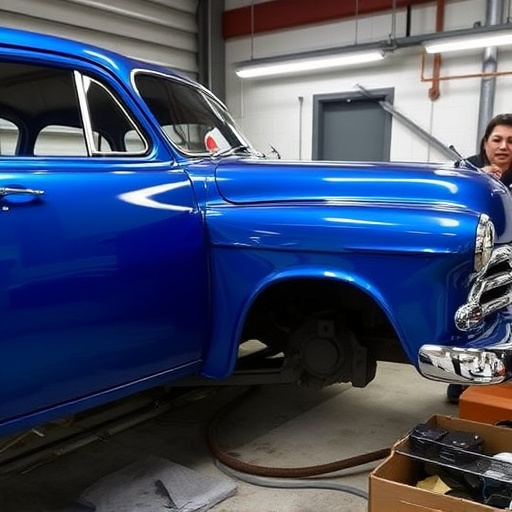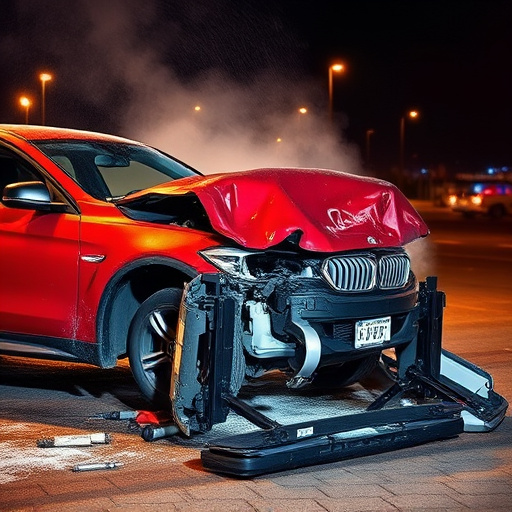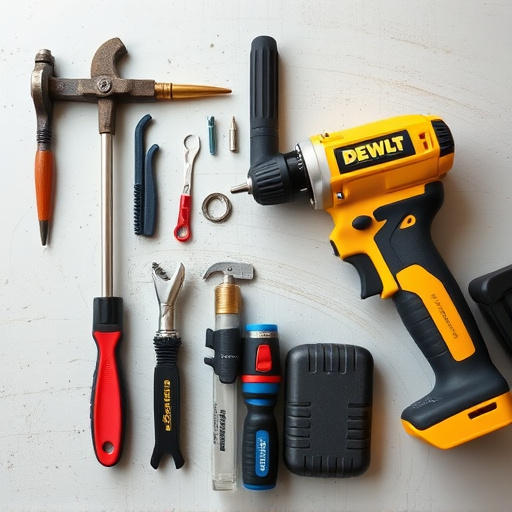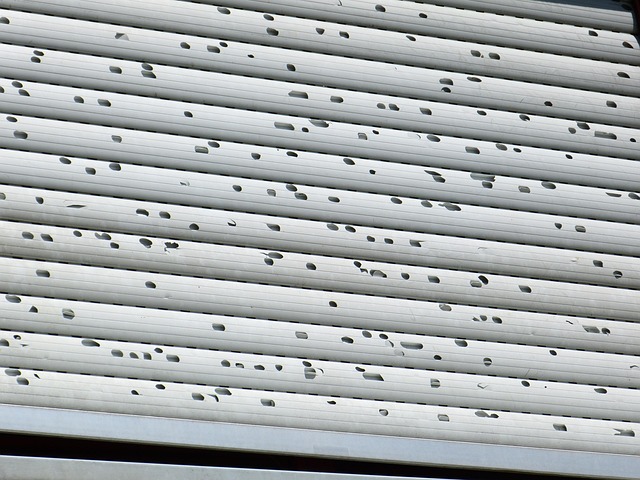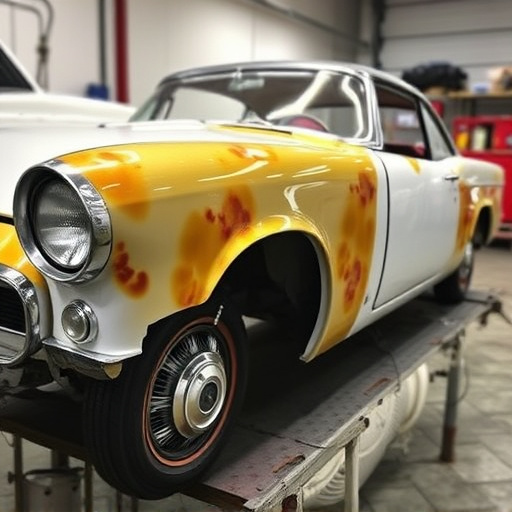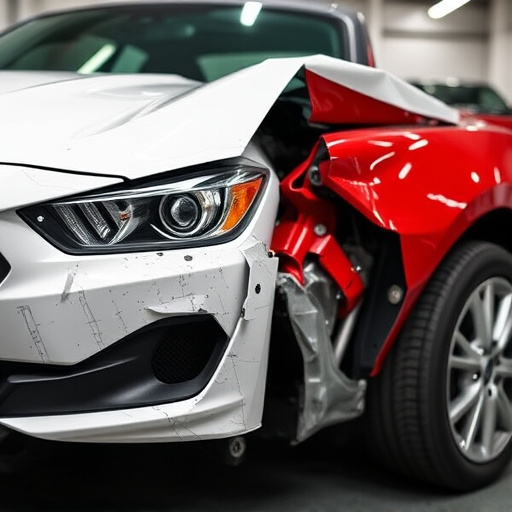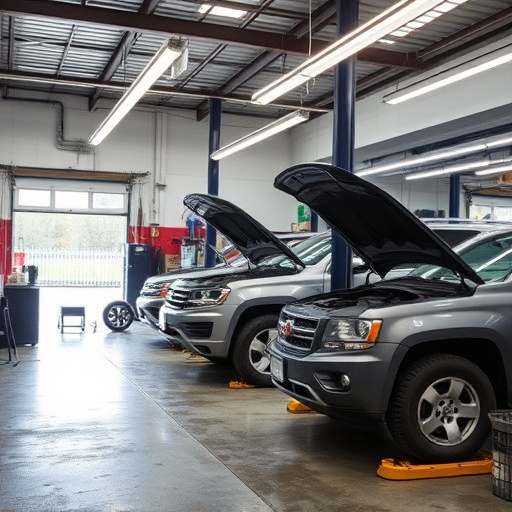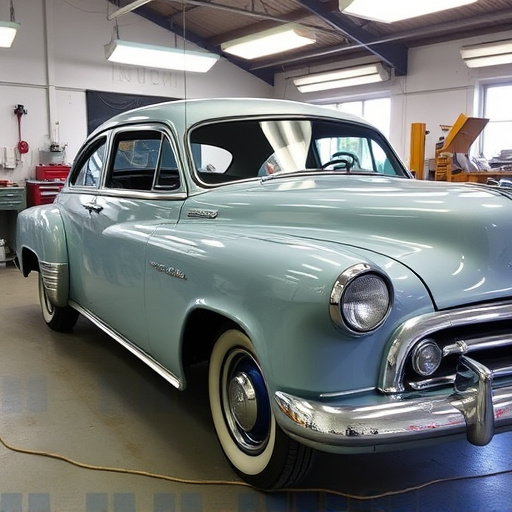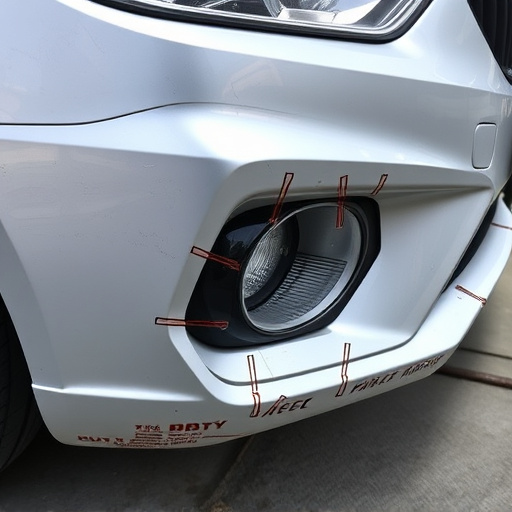Adhesive contamination, caused by foreign substances like dirt or previous residues, is a major issue in adhesive bonding techniques, especially in high-volume repair shops. It leads to weak bonds and aesthetic issues. Prevention involves stringent cleaning protocols (including surface preparation), proper PPE, clean room practices, and selecting compatible adhesives for specific substrates. Best practices include ensuring surface cleanliness, using appropriate adhesives, adequate surface preparation, and regular tool inspections, crucial for strong, reliable bonds in automotive repairs like bumper restoration.
Adhesive contamination is a common issue in adhesive bonding techniques, leading to poor bond strength and reduced lifespan. This article guides you through understanding the root causes and effects of contamination, offering practical preventative measures for clean bonding. We explore best practices to ensure optimal adherence and longevity of bonds, helping you master adhesive bonding techniques for superior results. Learn how to avoid contamination and elevate your bonding processes today.
- Understanding Adhesive Contamination: Causes and Effects
- Preventative Measures: Strategies for Clean Bonding
- Best Practices for Adherence and Longevity of Bonds
Understanding Adhesive Contamination: Causes and Effects
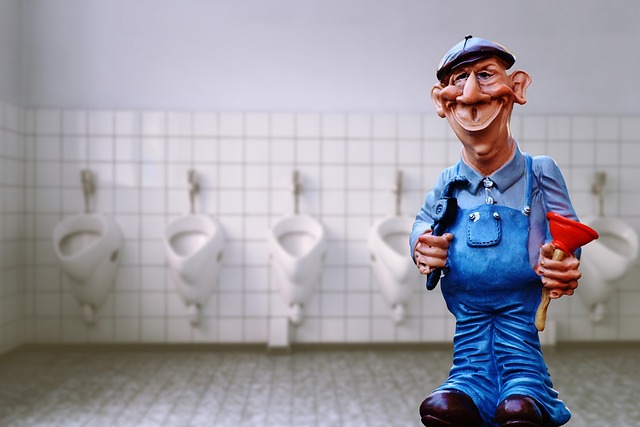
Adhesive contamination in adhesive bonding techniques is a common issue that can significantly impact the quality and durability of bonds. Understanding the causes and effects of this contamination is the first step in preventing it. Adhesive contamination occurs when foreign substances, such as dirt, grease, oil, or previous adhesive residues, interfere with the bonding process. These contaminants can be introduced during the preparation phase, often due to poor surface cleaning or inadequate decontamination measures. In a collision repair shop or car paint services environment, where vehicles undergo extensive body work and repainting, the risk of contamination is heightened.
The effects of adhesive contamination are far-reaching. It can lead to weak bonds that fail prematurely, causing structural integrity issues in applications like automotive repairs at collision centers. Contaminants may also cause uneven or incomplete bonding, resulting in aesthetics problems visible as rough surfaces or color mismatches, particularly in high-quality car paint services. Preventing adhesive contamination involves implementing strict cleaning protocols, using appropriate personal protective equipment (PPE), and selecting compatible adhesives for specific substrates to ensure optimal bonding techniques.
Preventative Measures: Strategies for Clean Bonding

Implementing preventative measures is key when it comes to achieving clean bonding in adhesive techniques, especially in environments like a car body shop or collision center where precision and quality are paramount. Regular cleaning and preparation of surfaces before applying adhesives can significantly reduce the risk of contamination from dust, dirt, grease, and other debris that could compromise the bond strength. Using appropriate personal protective equipment (PPE), such as gloves and respirators, is essential to prevent accidental contact with adhesives, which can lead to skin or respiratory irritation.
Additionally, utilizing clean room practices, including controlled environments with reduced particle levels, ensures optimal bonding conditions. Proper storage of adhesive materials, keeping them sealed and away from potential contaminants, is another strategic measure. At the very least, ensuring a clean work area and regularly inspecting tools and equipment for debris can go a long way in maintaining the integrity of adhesive bonding techniques in car repair services or any industrial setting.
Best Practices for Adherence and Longevity of Bonds
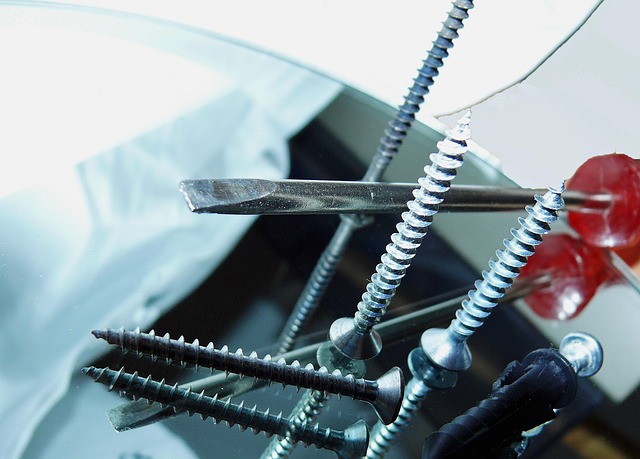
To ensure the longevity and integrity of bonds using adhesive bonding techniques, best practices should be rigorously followed. First, clean the surfaces thoroughly before applying any adhesive to prevent contaminants like dust or grease from compromising the bond. This step is paramount in both vehicle collision repair and bumper repair scenarios, where a clean surface ensures that the repair holds up over time.
Second, use compatible adhesives tailored for specific materials, such as those used in auto collision centers. Different substrates require distinct adhesive properties to create a robust bond. Proper preparation, including sanding, priming, or using appropriate primers, enhances surface reactivity, allowing adhesives to form strong molecular attachments. These practices not only guarantee adherence but also contribute to the overall durability of bonds in various applications, from automotive repairs to other industrial uses.
Adherent contamination is a common challenge in adhesive bonding techniques, but with the right strategies and best practices, it can be effectively mitigated. By understanding the causes and effects of this issue, implementing preventative measures, and adhering to proven techniques for clean bonding, manufacturers can ensure stronger, longer-lasting bonds. These steps are essential to maintaining high-quality results in various industries that rely on adhesive bonding.
